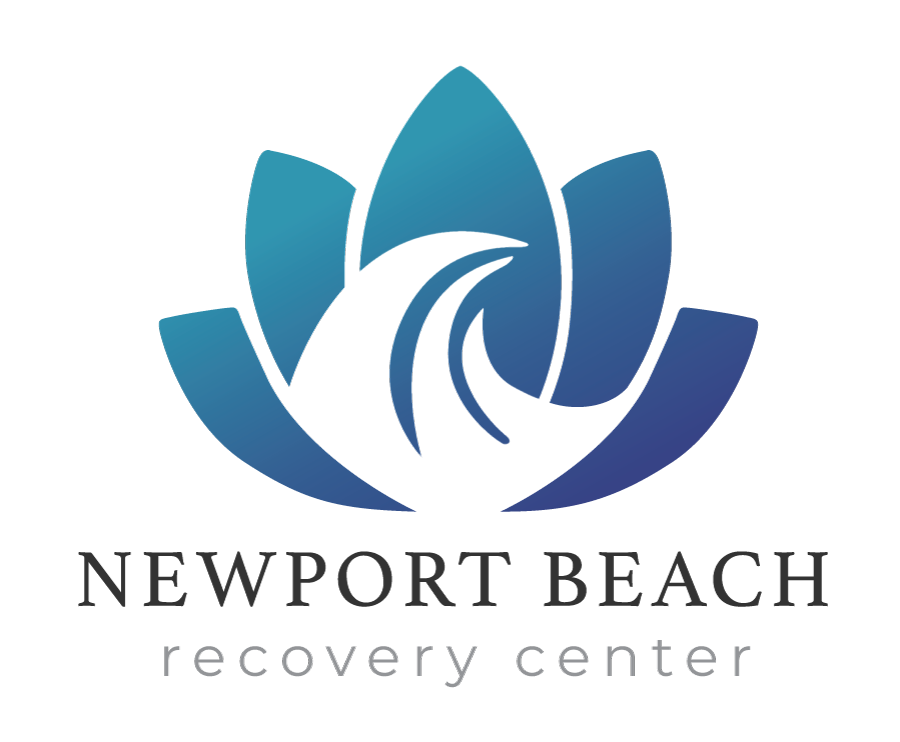Not every treatment facility is the same, but the right place for you may involve the type of treatment and therapy that you need to help you through this recovery process. So, while we go through the perks and benefits of the various treatment centers in Orange County, please be aware that the perfect place for you may change over time. It also may be different for you when compared to others, depending on your support system, the length of time you’ve been in recovery, as well as other factors like work commitments and therapy options. The good news is that there really is a myriad of options, with flexible evolutions in your treatment and recovery program. The goal is to offer support and services that are ideal for your individual stage of recovery and particular needs.
To start, you’ll want to consider the basics factors for the rehabilitation and treatment facility in Orange County that will best meet your needs. Here are some essential points to consider:
License & Accreditation
It should probably go without saying that you should check for the facility’s license and accreditation. The treatment center should be licensed via the California Department of Health Care Services (DHCS), Substance Use Disorder Compliance Division (SUDCD). Other accreditations are possible. Although they are not required, further accreditation will demonstrate a dedication to excellence and the pursuit of quality care. In other words, they want to prove that they are a great program, based on expert opinion.
Referral Requirement
Some facilities require a referral from a provider, whether it’s a primary care physician, mental-health care doctor, or other professional. It’s important to know what paperwork you need to have in place, so you don’t waste your time, or attempt to get into a facility without the appropriate referrals.
Treatment Options
What type of treatment and/or therapy does each facility offer? Is it outpatient or inpatient? Do they offer detox? Also, how is the program structured? And, are there after-treatment care, therapy, or a “safety net†in place for after you leave the facility? Will the program specifically meet your needs for recovery? It is focused on your drug rehab? Also, is a family a part of the treatment process?
Reviews
Seek testimonials from others who have gone through the program. It’s a good idea to find out what to expect from other addicts who have been through the program. You can also gain insight from health-care professionals. While he/she may not be able to give you specifics due of doctor-patient confidentiality, they can give you an idea of overall success rates as well as a consensus of which programs best met the needs of their patients.
Payment
The cost of the treatment facility is another factor you will need to consider. Does your insurance cover it? What payment plans are available for each facility? The best facilities also offer staff and resources to help you navigate the logistics of payment and insurance to find the solutions that will work best for your needs.
Availability
Some programs won’t be able to accept you for treatment right away. There may be a waiting list, or you may also be required to meet certain criteria for admission. This may also be a factor of the program’s popularity and success rates, but some rehab facilities offer flexibility. Just because one portion of the facility’s offerings are full, you may be able to access some part of their treatment, counseling, or services. Other facilities may only accept you under certain circumstances (for inpatient, etc). Ask questions, and find out how you can tap into their services and support network.
To find the best rehab in Orange County, you should consider the list of essential features that you need. With that list in hand, you can check off the items that sync up, while also realizing that the criticality of your recovery is also of the utmost consideration. The best program for you may be a combination of a detox program, with an outpatient solution that will allow you to work. Or, it may be better for you to participate in a more intensive treatment program with hospitalization and inpatient treatment. The best programs will focus on your well-being to ensure that you’re receiving the appropriate care, support, and services that will assist you on your path to recovery.
In the end, you also need to be comfortable with the staff and the place. This may be a fresh start, a new beginning, but it starts with you. The best rehab in Orange County is just a place. It has to work for you, in both a generic and a very specific and individual way. They give you the tools for recovery and then you take the steps forward.
Contact us today for more information and to speak to an addiction professional. Newport Beach Recovery Center can be the best place for your sobriety.
